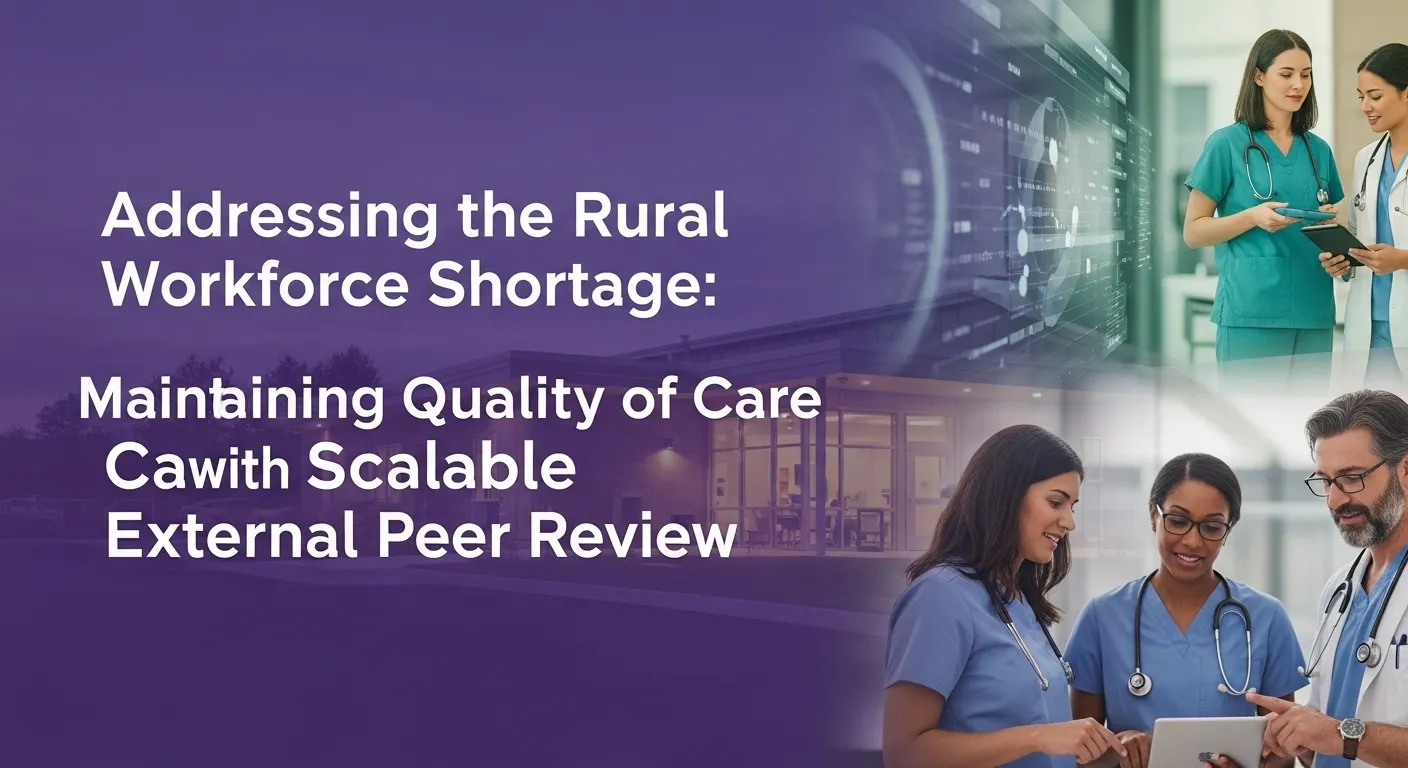
Table of Contents

3 Key Differences in Arizona's Workers' Compensation Industry
What sets Arizona apart from other states' work compensation systems? Here's what prospective healthcare and law professionals need to know.
Healthcare professionals looking to expand their medical-legal revenue must familiarize themselves with Arizona's unique workers' compensation industry. Here are the key differences that set Arizona apart from other states' injury law systems.

Arizona Has a No-Fault System
First, legal and medical staff must note that Arizona is a no-fault system. It does not consider whose fault the injury is. This means that no matter the employee's role in their injury, they are entitled to workers' compensation if they can prove that the damage is work-related. However, the burden of proof lies with the injured worker. At the same time, the employer or insurer only needs to order an independent medical exam and maintain that the accident was not related to the workplace.
Usually, the defendant will order an independent medical exam (IME), although sometimes plaintiffs will seek an IME as a second opinion.
A Close-Knit Law Community
Misconceptions shaped by popular culture, news media, and first-hand accounts from friends make the law and worker injury market appear more competitive than it is. In reality, the Arizona Workers comp market comprises less than 50 attorneys, so making enemies in the space can seriously hurt one's standing in the law community. Arizona Attorney Matt Fendon told Medplace:

There are probably only 40 to 50 attorneys that do work comp in the whole state. Everybody knows each other and gets along well with very few exceptions. That helps the system because you can settle a lot of these cases. And then many claims don't get litigated because you get a reasonable attorney on the other side. They look at a case and say, "Employer, you should have accepted this claim, or this treatment should have been authorized". That is unique about the system here.
Arizona's Unique Safety Plan
Like those from OSHA, worker safety plans significantly shape a state's workers' compensation industry. However, instead of opting for a federal safety plan, Arizona is one of 21 states that uses its own.
While this allows for a more tailored approach, Arizona's state-sponsored OSHA has led to several difficulties over the past decade. For example, In 2012, Arizona's plan fell under federal scrutiny after it failed to implement residential construction fall protection. Arizona's failure to adhere to COVID-19 requirements re-sparked the state's OSHA debate over whether it will continue with its own plan or default to a federal one.
Watch our podcast with Matt Fendon to learn more about Arizona's Workers' Compensation system.

Value-Based Care for FQHCs: How External Peer Review Drives Better Outcomes and Sustainable Revenue
Medplace external peer review helps FQHCs thrive in value-based care. Gain objective insights, cut compliance risk, reduce admin burden, and boost quality, provider satisfaction, & revenue.
.png)
.png)

Addressing the Rural Workforce Shortage: Maintaining Quality of Care with Scalable External Peer Review
Combat rural healthcare shortages and maintain quality with scalable external peer review. Medplace offers objective, specialty-matched reviews, reducing burden and ensuring compliance.
.png)
.png)

Unlocking Rural Health Transformation Grants: Leveraging Peer Review for Measurable Quality Outcomes
Medplace's external peer review transforms rural health grant applications. Objective, specialty-matched insights enhance documentation, compliance, and measurable quality outcomes.
.png)
.png)



.png)
.png)
.png)


.png)




.png)